Whether you’re avoiding gluten by choice or necessity, a truly great gluten free pancakes recipe can feel like striking gold. I’ve been there—stack after stack of dense, rubbery disappointments. But once I cracked the code, Sunday mornings got a whole lot better.
Light, fluffy, and full of flavor, these pancakes don’t feel like a compromise—they feel like home. No fancy ingredients, just smart swaps and a few kitchen tricks. In this guide, I’ll walk you through how to make the best gluten-free pancakes, from batter basics to flip-worthy tips. Let’s turn breakfast into something you’ll actually crave again.
Table of Contents
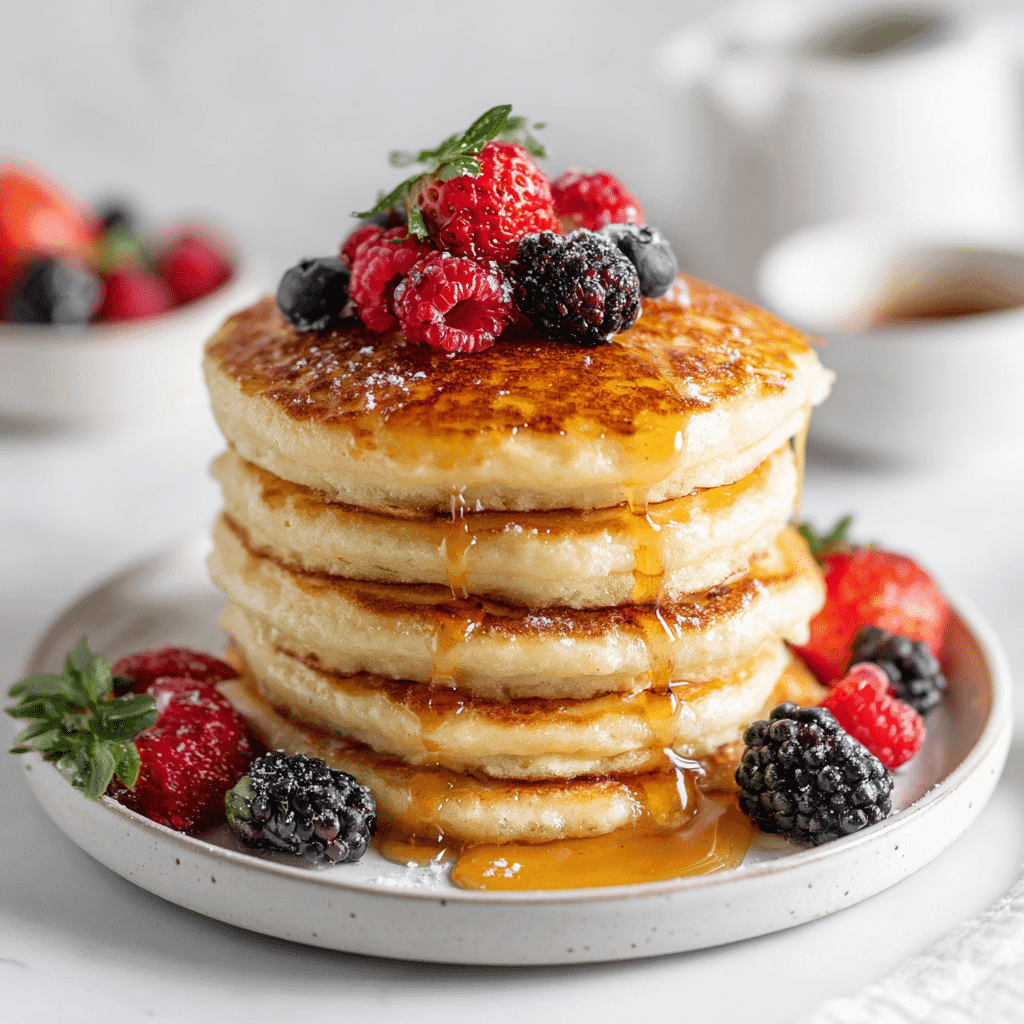
Gluten Free Pancakes Recipe
Ingredients
Equipment
Method
- In a mixing bowl, whisk together gluten-free flour, sugar, baking powder, salt, and optional spices.
- In a separate bowl, combine egg, milk, vanilla, and melted butter (or oil). Stir in mashed banana or applesauce if using.
- Pour wet ingredients into dry and stir until just combined. Let batter rest 10–15 minutes.
- Heat a non-stick or cast iron skillet over medium heat. Lightly grease with oil or butter.
- Scoop ¼ cup batter per pancake onto skillet. Cook until bubbles form and edges look dry, about 2–3 minutes. Flip and cook 1–2 minutes more.
- Transfer to a cooling rack or plate. Serve warm with maple syrup, fruit, or your favorite toppings.
Nutrition
Notes
Tried this recipe?
Let us know how it was!Gluten Free Pancakes Recipe Born from Real-Life Trial and Error
I didn’t grow up gluten-free. Back in San Antonio, Sunday breakfasts meant golden pancakes stacked high—my mom flipping them fast on a cast iron griddle while we waited with syrup in hand. Years later, when I had to cut gluten for health reasons, I thought pancakes were off the table. Every boxed gluten free pancakes recipe I tried came out grainy, gummy, or just sad.
That’s when I decided to build a better recipe myself. No fuss. Just whole ingredients and a little patience. Turns out, getting great gluten-free pancakes is about understanding the flour and how it behaves—not trying to make it something it’s not.
Now, my kids dig into these the same way I did—mouths full, no complaints. For something savory to follow, try my Cottage Cheese Bagels—another recipe that doesn’t need gluten to shine.
Making Gluten-Free Pancakes Feel Like Home
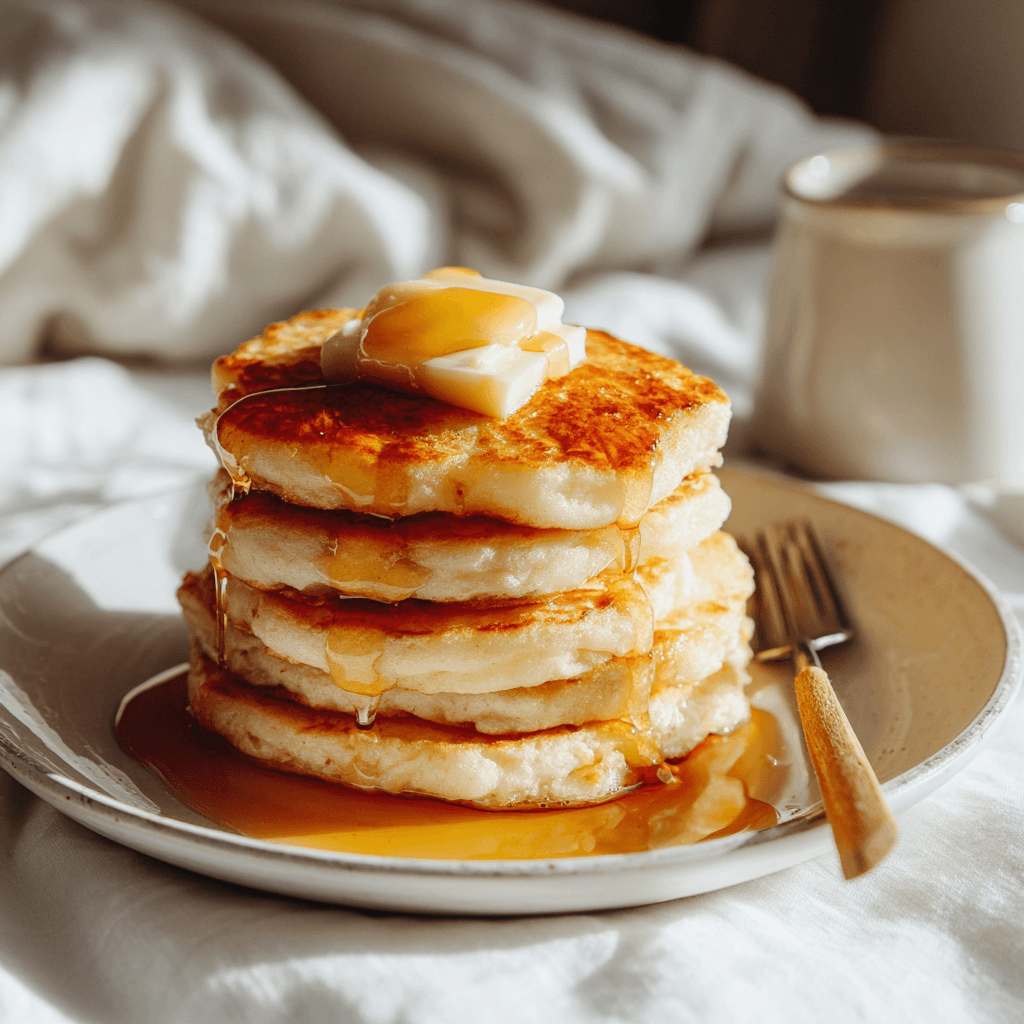
Comfort food isn’t just about flavor—it’s about familiarity. And that’s the challenge with gluten-free baking. But with the right mix of taste and texture, you don’t miss a thing. My go-to tricks:
- Add a splash of vanilla and cinnamon to bring warmth
- Let the batter rest—hydration makes a big difference
- Don’t skip the fat: a touch of oil or melted butter adds softness
Serve with fresh fruit, real maple syrup, or even a pat of dairy-free butter if needed. And if you like starting your day light and green, my Dairy-Free Matcha Latte makes a great breakfast pairing.
Mastering the Pancake Batter
Gluten Free Pancakes Recipe Starts with the Right Flour
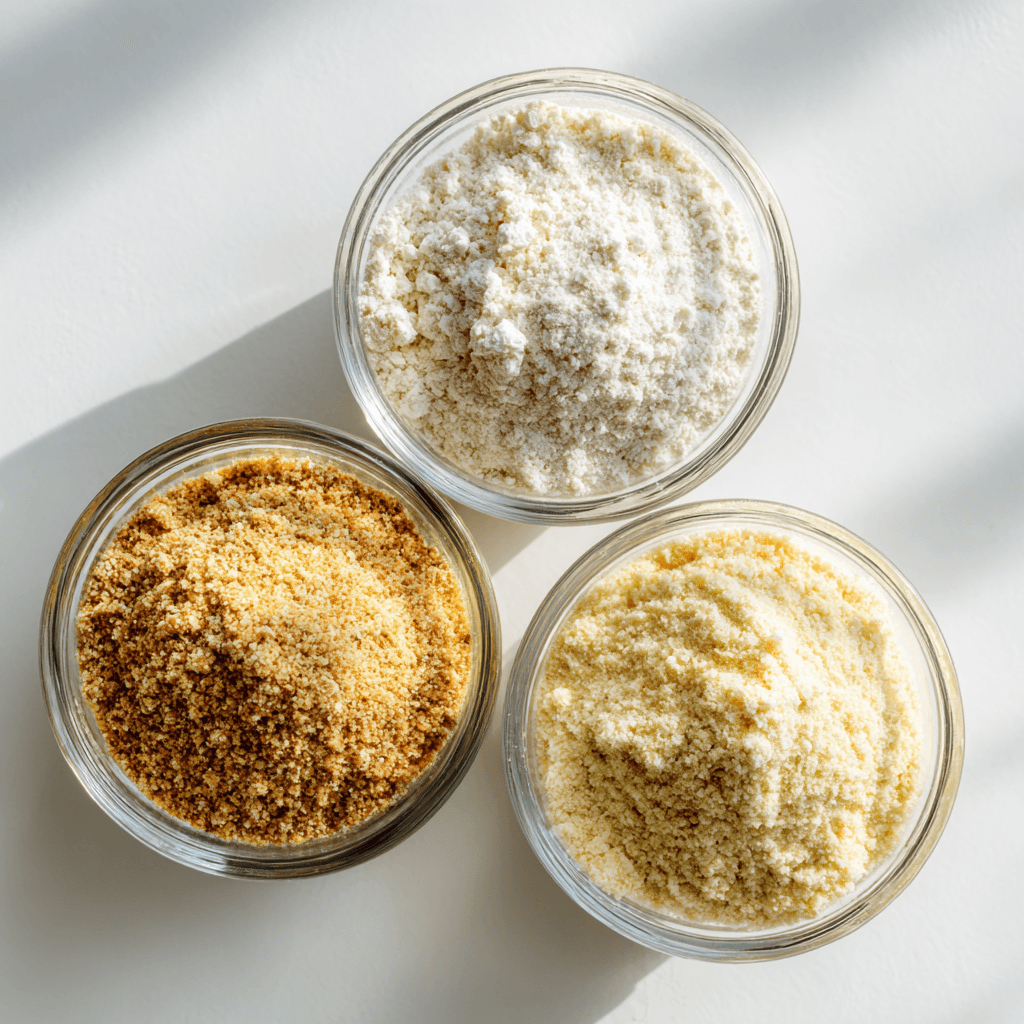
Getting the batter right is the make-or-break moment in any gluten free pancakes recipe. Without gluten, the structure and stretch are missing—so the flour blend you use matters more than ever.
Here are a few flours that work beautifully:
- 1:1 gluten-free flour blends (like Bob’s Red Mill or King Arthur)
- Oat flour for a heartier, slightly sweet flavor
- Almond flour when paired with a starch like tapioca
Avoid straight-up coconut flour—it’s way too absorbent unless you reformulate the entire recipe. And if your mix doesn’t already include a binder like xanthan gum or psyllium husk, adding a pinch can improve texture and prevent crumbling.
One of my favorite high-protein swaps for flour is used in my Cottage Cheese Bagels with Almond Flour—give them a look if you’re experimenting with breakfast bakes.
Boost Flavor Without Gluten
When you’re working with gluten-free flours, flavor can sometimes feel flat. The solution? Layer in aromatic and naturally sweet elements.
- A teaspoon of vanilla extract goes a long way
- Try mashed banana or unsweetened applesauce for moisture and mild sweetness
- A dash of nutmeg or cinnamon adds warmth and depth
Let your batter rest for 10–15 minutes after mixing. This helps hydrate the flour and gives your pancakes better lift and consistency.
I follow the same rule in my Matcha Chia Seed Pudding—it’s all about letting the ingredients settle and work together.
Cooking & Flipping Like a Pro
Gluten Free Pancakes Recipe Cooking Tips
Now that your batter’s ready, it’s time to make those pancakes golden and fluffy. The cooking process in any gluten free pancakes recipe is where texture and flavor really come together.
Here’s how to get it right:
- Use a non-stick or cast iron skillet for even browning
- Preheat the pan well—medium heat is best for a golden surface
- Lightly oil the skillet (butter works too if you’re not dairy-free)
Scoop the batter using a ¼ cup for even portions. Don’t overcrowd the pan—give each pancake space to rise and spread. You’ll know it’s time to flip when:
- The edges look dry
- Bubbles form across the top and begin to pop
Flip gently and let it cook 1–2 minutes on the second side until set.
For a smoothie to sip while cooking, try my refreshing Apple Smoothie for Weight Loss—it’s crisp, clean, and light.
Keeping Pancakes Moist & Fluffy
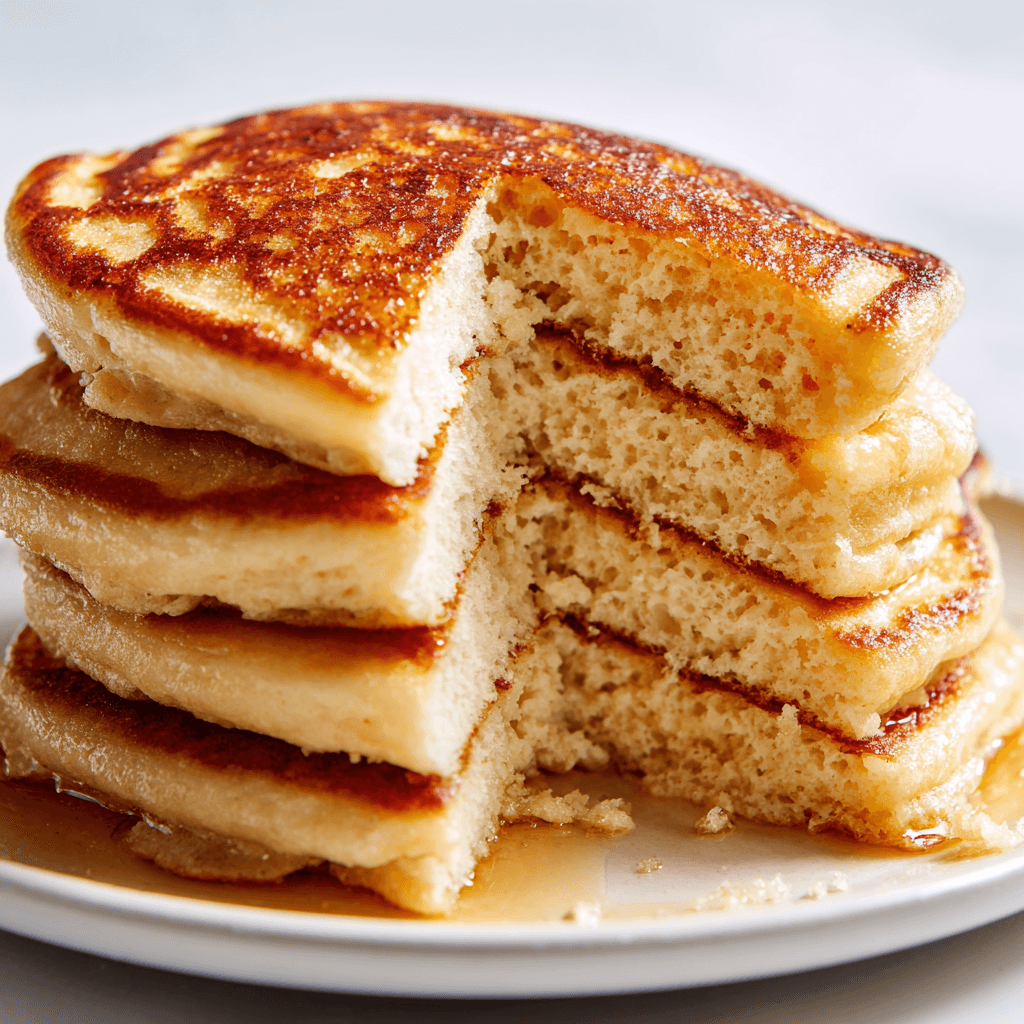
Fluffy gluten-free pancakes aren’t magic—they’re just smart baking. Here are a few additions that lock in moisture and texture:
- Baking powder (not just baking soda) for height
- A spoonful of yogurt or dairy-free sour cream for softness
- Applesauce or mashed banana as a moisture booster
After cooking, let pancakes rest on a cooling rack instead of stacking them hot—they’ll stay fluffier and won’t steam into sogginess.
Pair these with a Strawberry Chia Seed Smoothie for something creamy and refreshing.
Keep these tricks in your pocket, and your gluten-free pancakes will rival any classic stack—maybe even better.
Variations & Final Touches
Creative Variations on the Gluten Free Pancakes Recipe
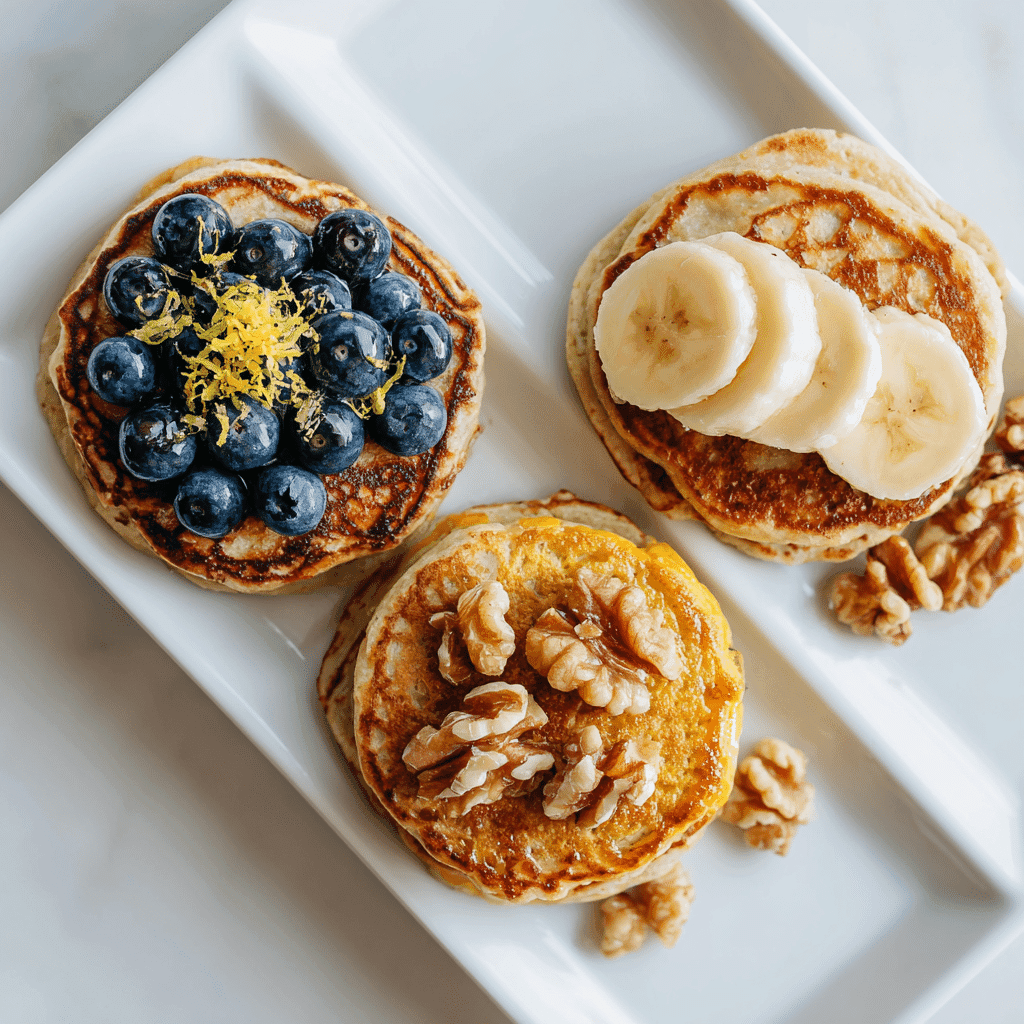
One of the best things about a solid gluten free pancakes recipe is how easy it is to customize. Once you’ve nailed the base batter, you can switch up flavors, mix-ins, and textures to keep breakfast fresh.
Here are a few tasty variations to try:
- Blueberry Lemon – stir fresh blueberries and lemon zest into the batter
- Banana Walnut – mash a ripe banana and toss in chopped walnuts
- Pumpkin Spice – add ¼ cup pumpkin puree with cinnamon, nutmeg, and clove
You can also mix in a scoop of collagen or protein powder for a more filling option—just add a splash more liquid to keep the batter balanced.
Looking for something sweet, salty, and crunchy on the side? Try a handful of my Hot Honey Popcorn for a surprisingly perfect pairing.
Make It a Full Breakfast Table
A stack of pancakes is just the start—rounding out your breakfast plate takes it to the next level. Here’s how I like to serve up a full gluten-free brunch:
- Top pancakes with nut butter, fruit compote, or real maple syrup
- Add a side of crispy bacon or veggie sausage
- Serve with a refreshing drink like my Strawberry Matcha Latte
If you’re hosting, put out bowls of toppings so everyone can build their own plate. A few chopped nuts, shredded coconut, or dairy-free whipped cream never hurt either.
Whether you’re feeding kids or impressing guests, these pancakes bring comfort, flavor, and flexibility to the table.
Looking for more comfort drinks and easy sips like this? Come hang out with me over on Facebook and Pinterest where I drop new recipes, family favorites, and quick how-to guides almost every day.
FAQs About Gluten Free Pancakes Recipe
What is the best gluten free flour for pancakes?
The best flour depends on your preference, but for a no-fail option, go with a 1:1 gluten-free flour blend—these are designed to mimic all-purpose flour in traditional recipes. Almond flour adds nuttiness, oat flour brings heartiness, and sorghum flour keeps things soft. For this gluten free pancakes recipe, I recommend a blend that includes rice flour, starches, and xanthan gum for structure.
Can you use gluten-free self-raising flour for pancakes?
Yes, you can use gluten-free self-raising flour in pancakes, especially if you’re looking for convenience. Just remember to skip any extra baking powder or soda since it’s already included. That said, some blends may produce denser pancakes—so adjust your liquid and egg amounts as needed to keep your gluten free pancakes recipe light and fluffy.
What kind of flour does IHOP use for gluten free pancakes?
IHOP uses a proprietary gluten-friendly pancake batter made with rice flour, sugar, and other starches. It’s different from most homemade blends but aims to mimic the texture of their classic pancakes. While IHOP’s version might include processed ingredients, this gluten free pancakes recipe sticks to clean, pantry-friendly flours for a more wholesome take.
Do gluten free pancakes taste different?
They can—but in a good way! Gluten-free pancakes tend to have a slightly different texture depending on the flour used. Oat and almond flours add natural flavor, while a well-balanced blend makes it hard to tell the difference. When done right, like in this gluten free pancakes recipe, they’re fluffy, flavorful, and every bit as satisfying as the classic stack.
Conclusion – Why This Gluten Free Pancakes Works Every Time

Great pancakes don’t need gluten—just the right ingredients, a little patience, and a solid recipe. This gluten free pancakes recipe brings the fluff, flavor, and comfort without the compromise. From choosing the right flour to flipping like a pro, every step is simple and doable in any kitchen. And with endless ways to make them your own—banana walnut, blueberry lemon, or pumpkin spice—breakfast can stay exciting without sacrificing what your body needs.
Whether you’re new to gluten-free living or a seasoned cook looking to perfect your stack, this recipe is here to prove you don’t have to settle. Pair it with a creamy Strawberry Chia Seed Smoothie or a vibrant Panera Tropical Green Smoothie for the full experience.
Thanks for joining me at the skillet—here’s to more mornings that feel like home, stack by stack.
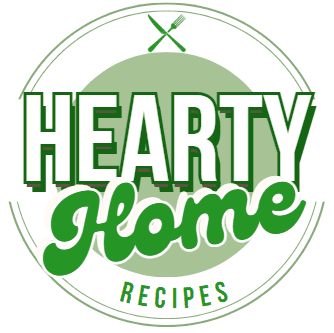
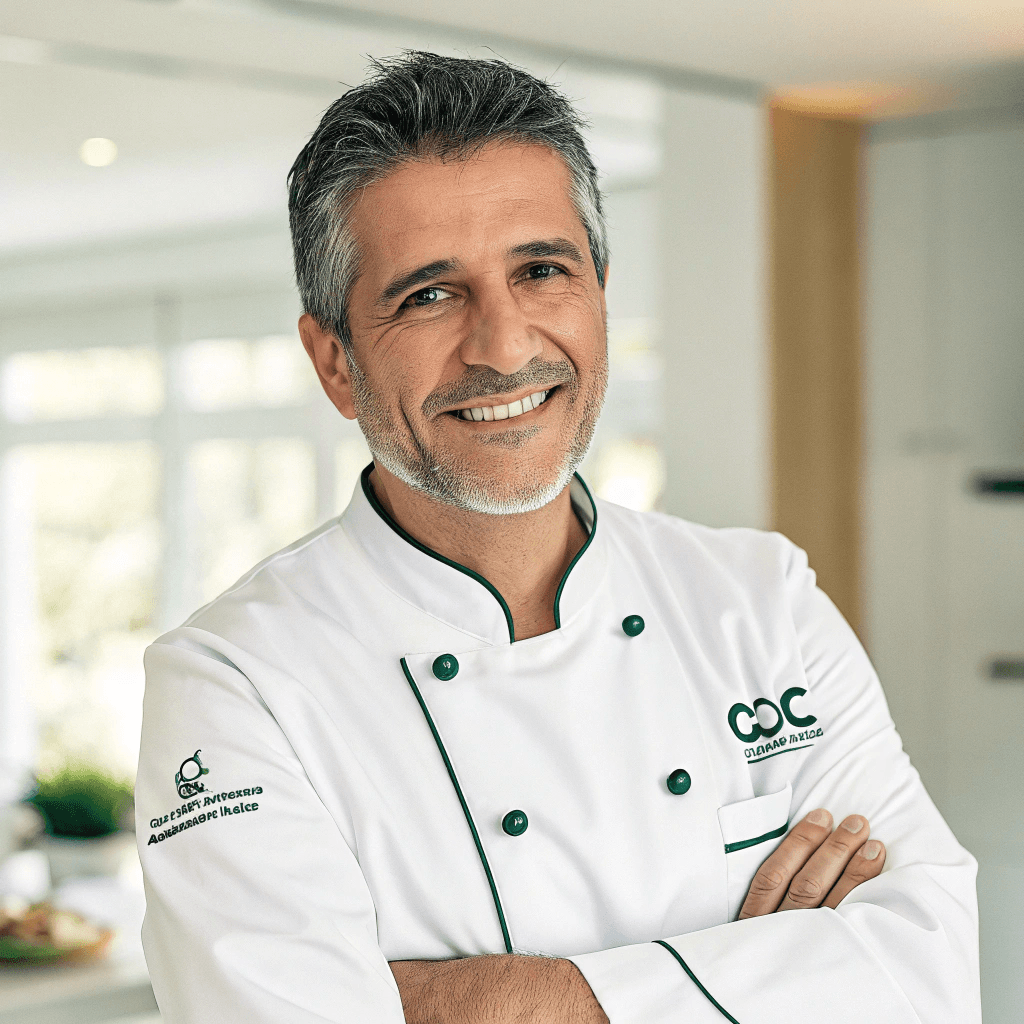
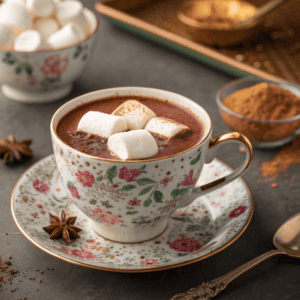
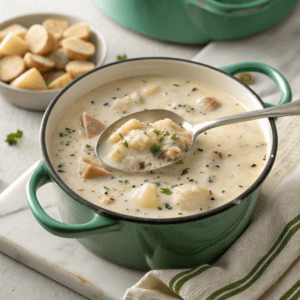
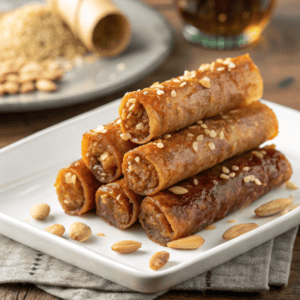
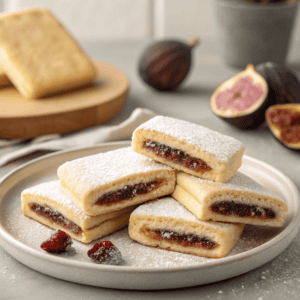
2 thoughts on “Gluten Free Pancakes Recipe – Fluffy, Easy & Homemade”